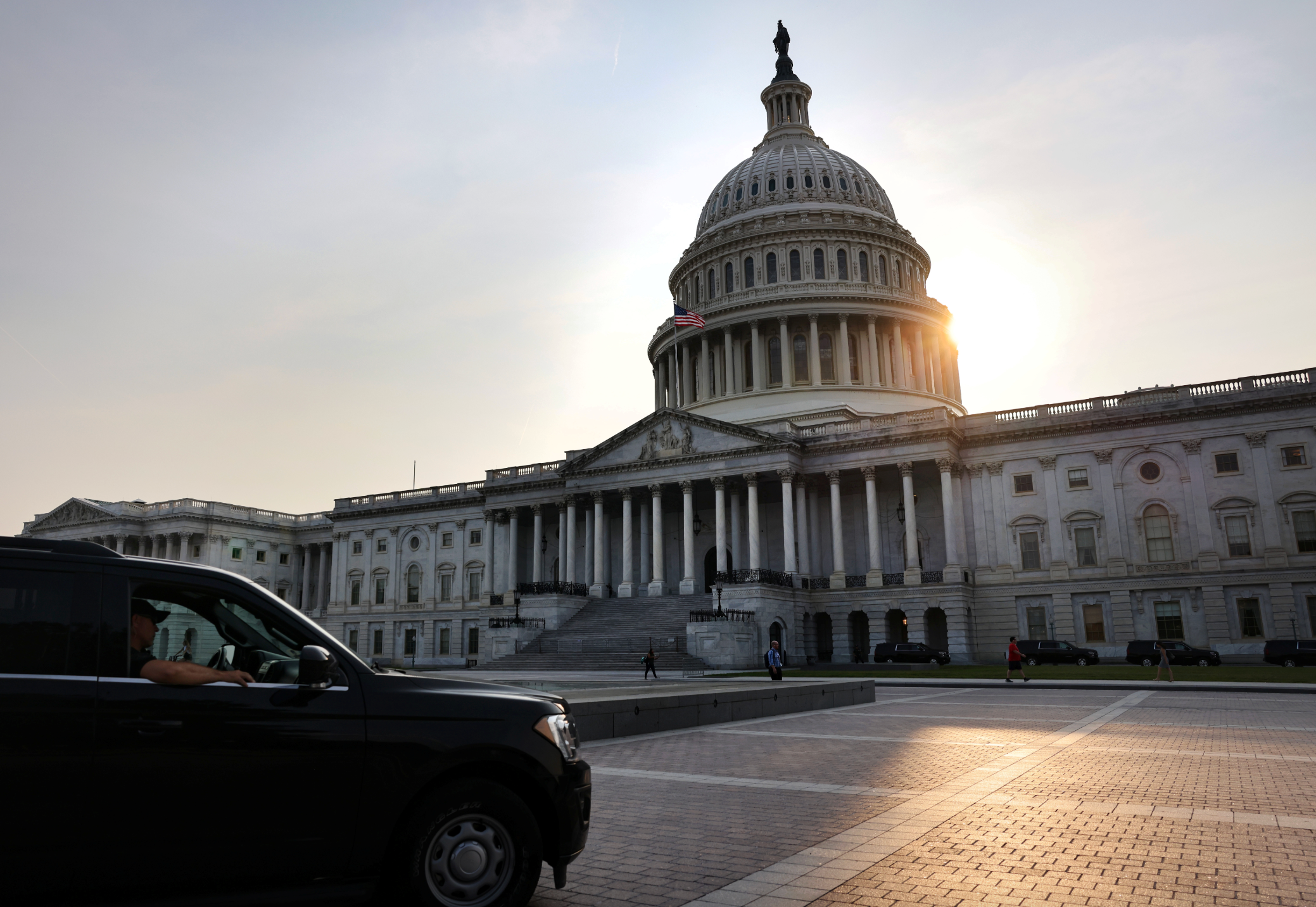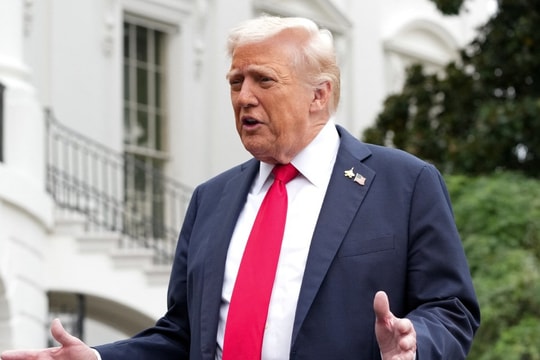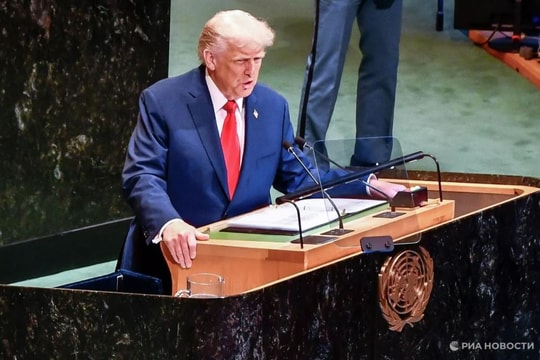US government shutdown: Economic and political consequences
The US government officially shut down from the early morning of October 1 after negotiations failed, causing many consequences for the country's economy, life and politics.
In the early morning of October 1, the US government entered a federal shutdown after Congress and President Donald Trump failed to reach a budget agreement.
Votes in the Senate on the evening of September 30th failed: the bipartisan bill did not have enough votes to pass. The deadlock scenario became a reality as the clock ticked into the new fiscal year.
This is the first time since the 2018-2019 crisis that the US has witnessed a government shutdown. At that time, this situation lasted 35 days, becoming a record in the country's history.

Hundreds of thousands of federal employees affected
As soon as the budget was suspended, federal agencies simultaneously implemented emergency response plans. More than 400,000 employees were forced to take unpaid leave, while others, including security forces and the military, were forced to work without temporary pay.
At airports, security and air traffic control staff will remain on duty, but the risk of spontaneous absences like those that occurred in 2019 could disrupt flight operations. On the other hand, services such as the post office or Medicare and Social Security payments will continue to operate because they have their own financial mechanisms.
Economic data stagnates
One of the direct impacts of the US government shutdown is the disruption of economic data. The Bureau of Labor Statistics (BLS), which is responsible for publishing the monthly employment report, will cease all operations, going from 2,000 employees to just one. Similarly, the Commerce Department will also suspend work at the Census Bureau and the Bureau of Economic Analysis.
This leaves financial markets, investors and the Federal Reserve (Fed) lacking important data to make decisions, especially when the interest rate meeting is scheduled to take place at the end of October.
Increased political risk
Amid the budget impasse, the White House has also left open the possibility of large-scale layoffs, adding to concerns of instability. President Trump has repeatedly mentioned the possibility of mass layoffs, although specific plans remain unclear.
Lawmakers from both parties have sought to blame each other for the paralysis, turning the budget crisis into a “political chess game”. Observers predict that votes may continue through the weekend, but the possibility of reaching a short-term agreement remains open.
New tariffs: a double shock to the economy
In addition to the budget crisis, the US economy is also facing a series of new tariffs from Mr. Trump. Today, the administration announced a 100% tax on patented drugs, with many controversial exceptions. Pfizer was granted a three-year grace period in a deal to lower drug prices.
At the same time, the US will impose a 25% tax on heavy trucks to “protect domestic production”, which is of particular concern to Mexico because of the USMCA agreement. Then, on October 14, new tariffs will apply to wood and some furniture products, with the possibility of a sharp increase early next year.
Promises to impose 100% tariffs on foreign films and imported furniture have also been made, but no specific schedule has been set. This could be a double shock to the US economy: facing the risk of stagnation due to the government shutdown, while also bearing the risk of a trade war.





